Winter driving in your Tesla requires a few essential adjustments to ensure safety and efficiency. Start by keeping your battery charged above 20% as colder weather can affect range. Preheat the cabin while your Tesla is plugged in to preserve battery power. Use the “chill” driving mode for smoother acceleration on slippery roads, and make sure tire pressure is regularly checked since low temperatures can lower it. For optimal grip, switch to winter tires before the snow season hits. Follow these Tesla winter driving tips to enjoy a smooth, safe ride while keeping your electric car at peak performance throughout winter.
Prepping Your Tesla for Winter Weather
Getting your vehicle ready for winter is essential to ensure safety and optimal performance. Start by checking the battery charge and consider preconditioning to help it handle colder temperatures. Installing snow tires is a smart move for better traction on icy roads. Additionally, heated wipers can improve visibility during snowstorms. Drivers often wonder, does Tesla have a snow mode? While it doesn’t, adjusting settings like regenerative braking can mimic a similar effect, offering improved control on slippery surfaces. For further protection, ensure your charging ports are snow-free to maintain seamless charging, making your winter experience safer and smoother.
Choosing the Right Tires for Winter Conditions
Winter driving requires the right tires to maintain safety and performance. For Tesla owners, choosing tires with enhanced grip and traction is essential. Winter tires are designed to handle cold temperatures and icy roads, making them a smart choice for snowy conditions. You may wonder, does Tesla have snow mode? Tesla offers features that assist in winter driving, like slip-start and regenerative braking adjustments, but it’s crucial to pair these with appropriate winter tires. This combination can improve control and stability, allowing your Tesla to navigate icy terrains more effectively even without a dedicated snow mode.
Utilizing the Range Optimization Feature
Maximizing your electric vehicle's capabilities means understanding how to make the most of its range optimization feature. This tool plays a critical role in conserving battery power, allowing for extended travel with minimal stops. Range optimization utilizes efficient aerodynamics and power management systems, giving drivers peace of mind on long journeys. By adjusting driving modes, maintaining ideal speed, and avoiding aggressive acceleration, you can further optimize range. Regular maintenance, including checking tire pressure and reducing load weight, also supports range conservation. Implementing these practices can significantly enhance your experience, ensuring efficient and extended travel on a single charge.
Effective Use of Cabin Heating
When driving a Tesla in snow, effective use of cabin heating is essential for comfort and safety. To maximize efficiency, precondition the cabin while the vehicle is still plugged in, ensuring a warm interior without draining battery power. Utilize seat heaters to provide warmth quickly and efficiently, allowing for lower overall cabin temperatures. Adjust the climate control settings to maintain a comfortable environment without excessive energy consumption. Monitor the battery range closely, as colder temperatures can reduce overall efficiency. Properly managing cabin heating while driving a Tesla in snow can significantly enhance the driving experience during winter conditions.
Driving Techniques for Snow and Ice

Driving in snow and ice requires careful techniques to maintain control and safety. When driving Tesla in snow, start slowly and increase your speed gradually to avoid losing traction. Use smooth, gentle inputs on the steering wheel, accelerator, and brakes to minimize skidding. Anticipate stops and turns earlier than usual, allowing more distance for braking. It's important to engage traction control, which helps manage wheel spin. If you encounter deep snow, avoid sudden acceleration to prevent getting stuck. Practicing these driving techniques will help ensure a safe and confident driving experience during winter conditions, enhancing your overall performance on icy roads.
Understanding Regenerative Braking in Winter
Regenerative braking is a key feature that enhances the driving experience, especially in winter conditions. In snowy environments, many drivers wonder, are Teslas good in snow? The answer lies in the vehicle's ability to recover energy during braking, improving efficiency and control. In winter, regenerative braking can help maintain traction on slippery surfaces by modulating power to the wheels. This technology allows for smoother deceleration without the harshness of traditional brakes, making it easier to navigate icy roads. Understanding regenerative braking in winter ensures drivers can maximize their vehicle's performance and safety in challenging conditions.
Emergency Preparedness for Winter Driving
When preparing for winter driving, especially with a Tesla in the snow, it's essential to have an emergency kit ready. Include items such as a first aid kit, flashlight, blanket, and non-perishable snacks. Additionally, ensure your Tesla's tires are suitable for winter conditions to enhance traction on icy roads. Keep a phone charger in your vehicle to stay connected in case of emergencies. Monitoring weather forecasts can help you avoid dangerous conditions. Being proactive about emergency preparedness will ensure that you remain safe and comfortable while navigating winter weather with your Tesla in the snow.
Scheduled Departure & Defrost
Scheduled departure and defrost features are essential for keeping your vehicle ready during winter months, especially when faced with a Tesla on ice scenario. This functionality allows you to set a departure time, ensuring that your vehicle is warm and defrosted before you hit the road. By pre-conditioning the cabin and melting away ice on the windows, you can enjoy a comfortable ride from the moment you enter. Embrace the convenience of modern technology to combat the chilly mornings and ensure your Tesla on ice experience is as smooth as possible, making winter travel hassle-free.
Plug it In, Plug it In
When it comes to maintaining optimal performance, it's essential to always remember to plug it in, plug it in. Charging stations are designed to ensure that your electric vehicle is ready for every journey. Regularly plugging it in allows the battery to stay healthy, enhancing range and efficiency. Whether at home or on the go, finding the right charging solution can make a significant difference. The convenience of charging your electric vehicle whenever possible means less downtime and more driving time. With the right approach to plugging it in, you can maximize the potential of your electric vehicle and enjoy the ride.
Frozen Windows & Door Handles
In cold weather, one common issue drivers face is frozen windows and door handles. To prevent this, it's essential to follow some effective Tesla cold weather tips. First, ensure that your vehicle's seals and gaskets are clean and free of debris, as this can help maintain flexibility and reduce the chances of ice forming. Using a silicone-based spray on the seals can also provide extra protection against freezing temperatures.
Before starting your journey, consider using a remote start feature, which allows the cabin to warm up, making it easier to clear any frost or ice on the windows. For door handles, a simple trick is to keep a small cloth or towel handy to wipe away any frost before opening. Additionally, regularly check your battery health, as cold weather can affect performance. By implementing these Tesla cold weather tips, you can enhance your driving experience and ensure smooth access to your vehicle during winter months.

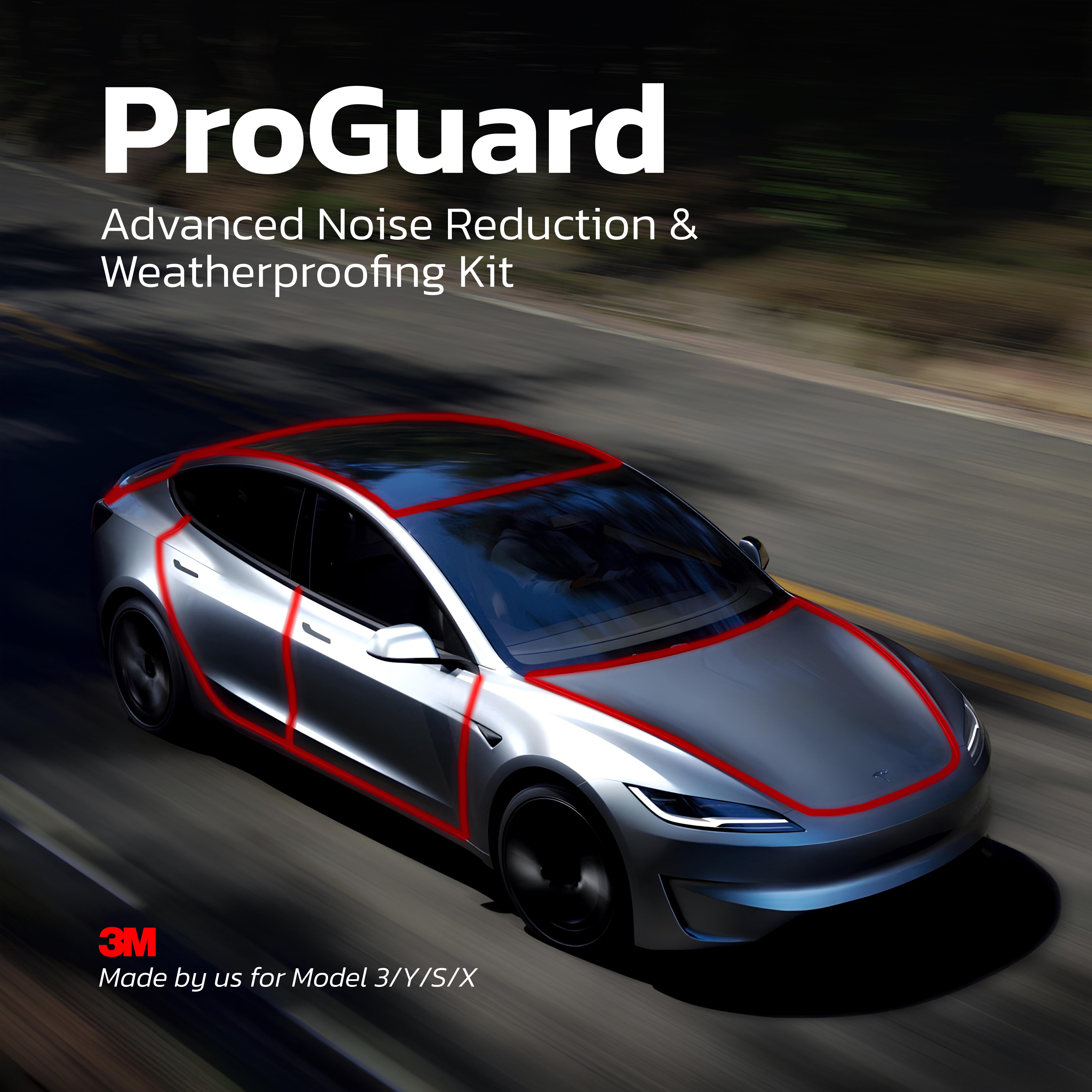






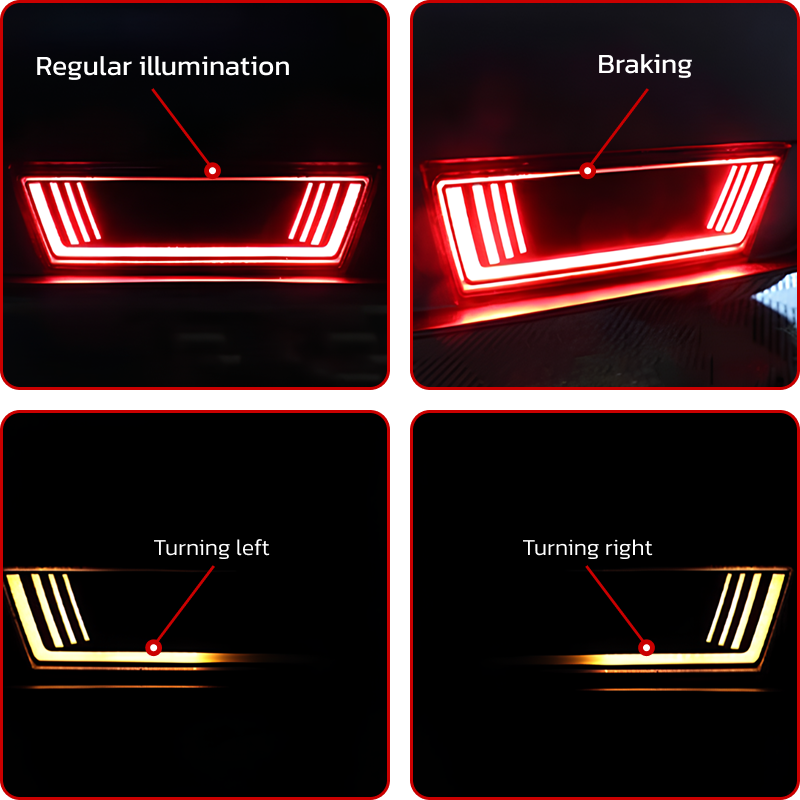






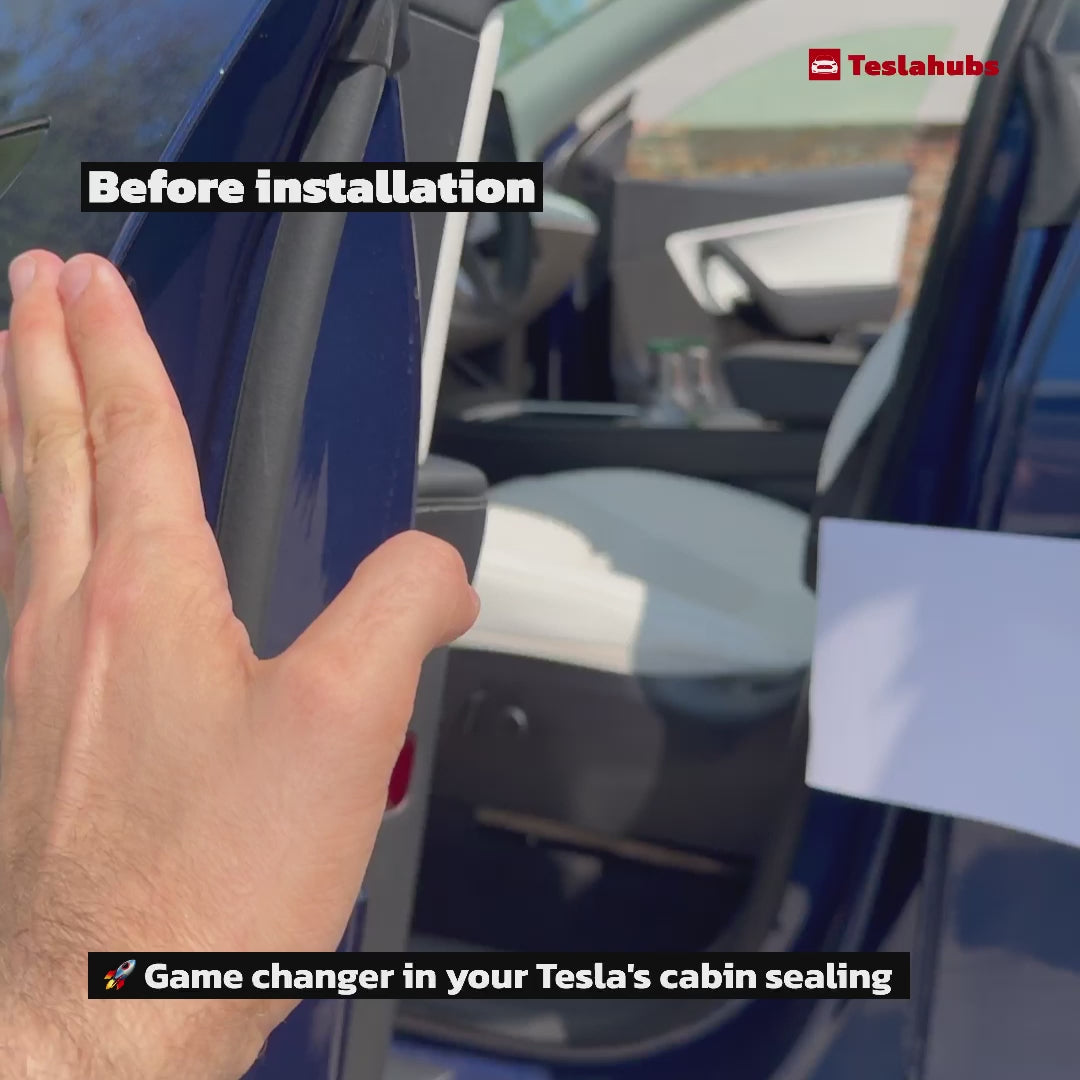

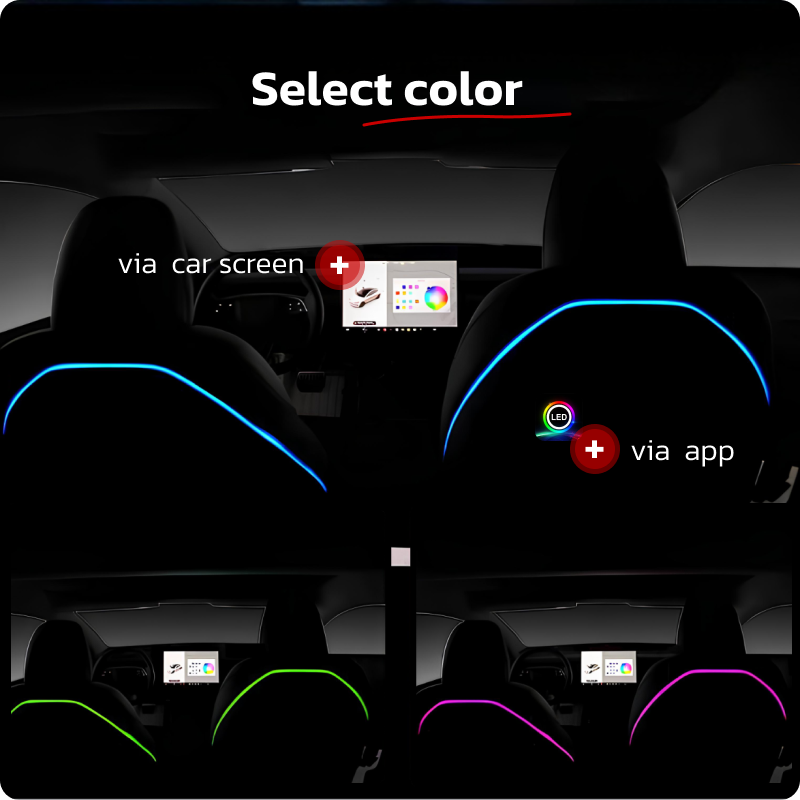
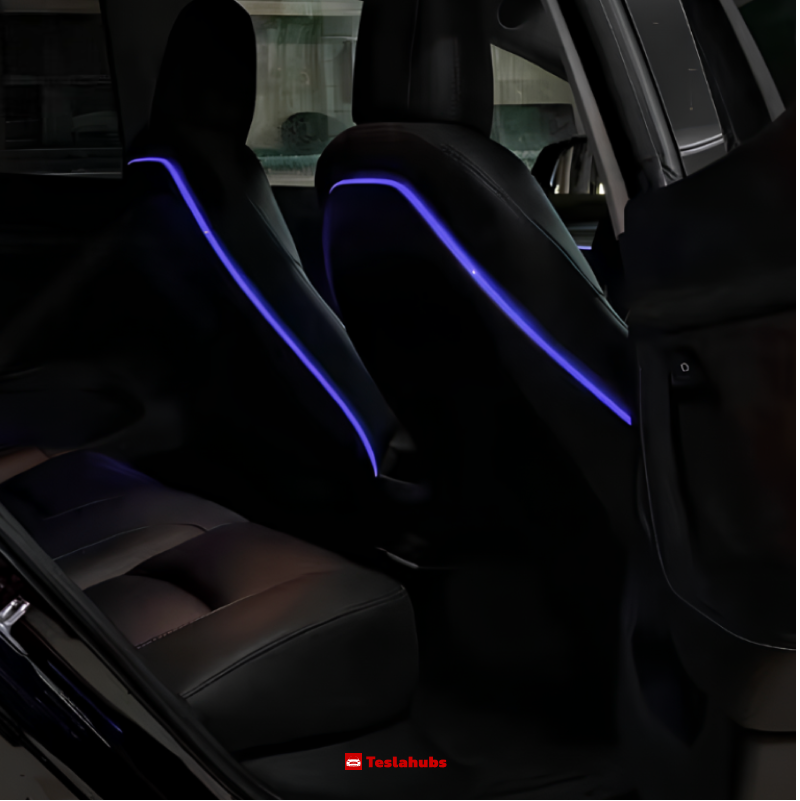




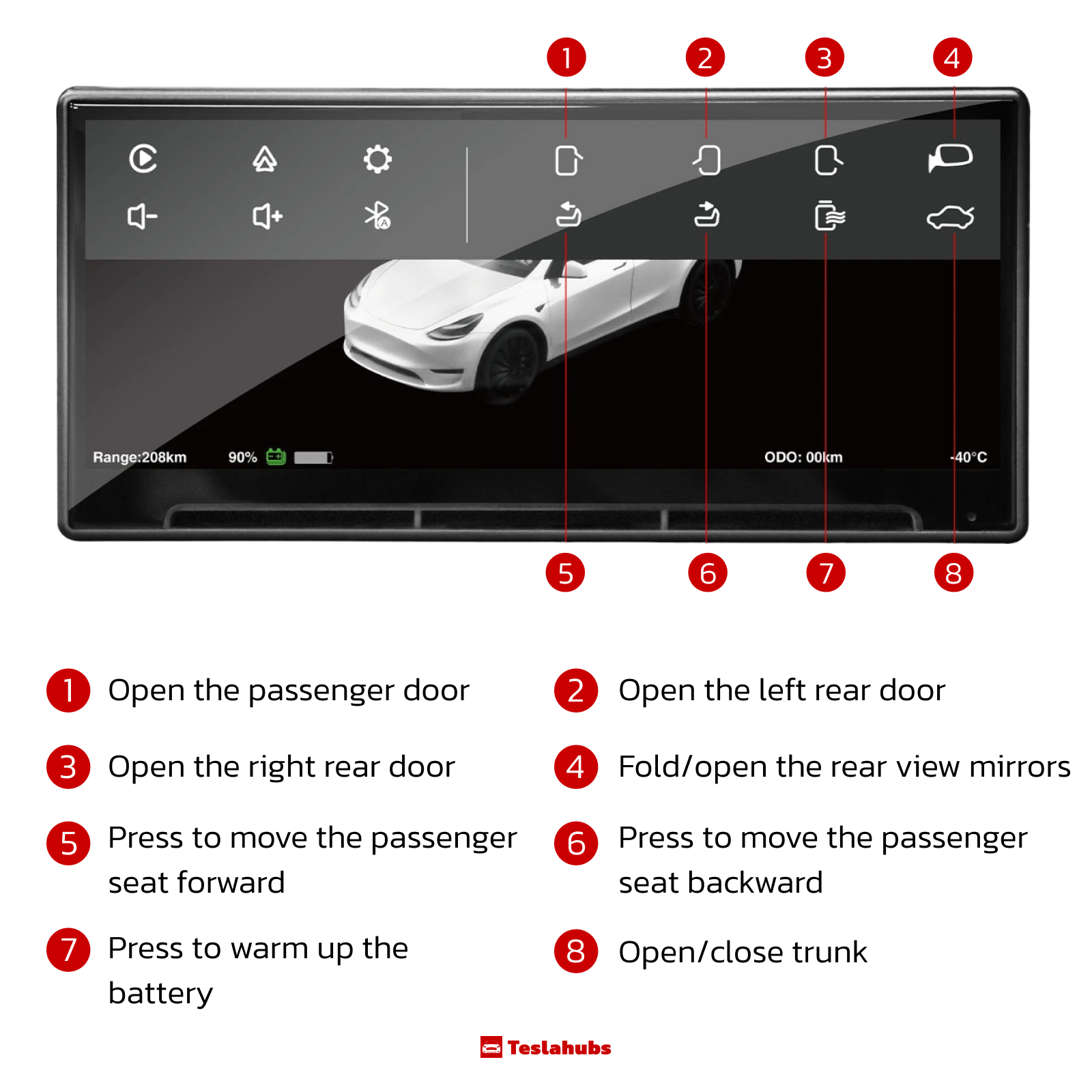



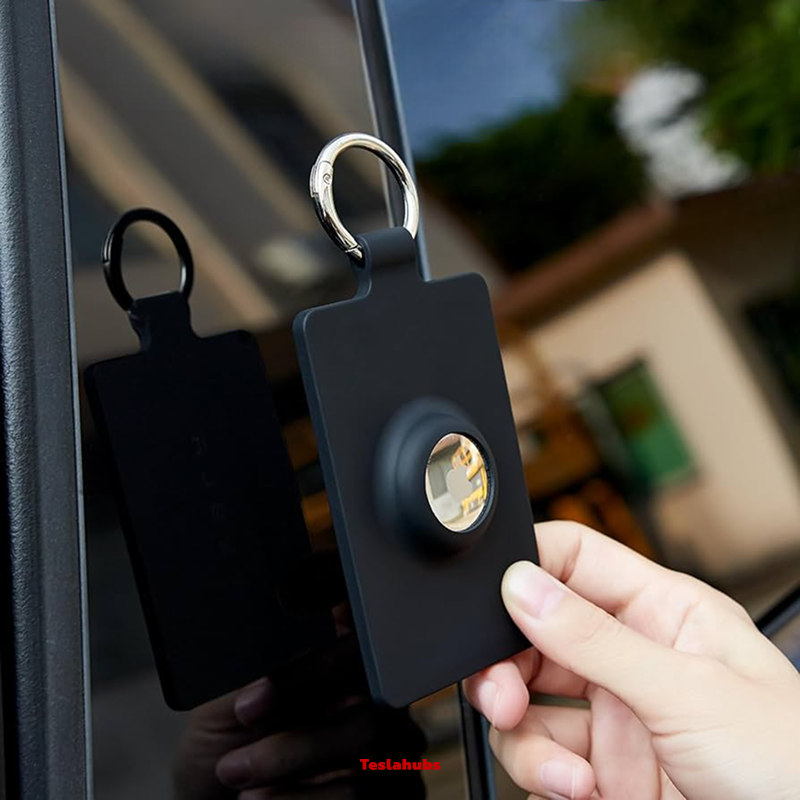

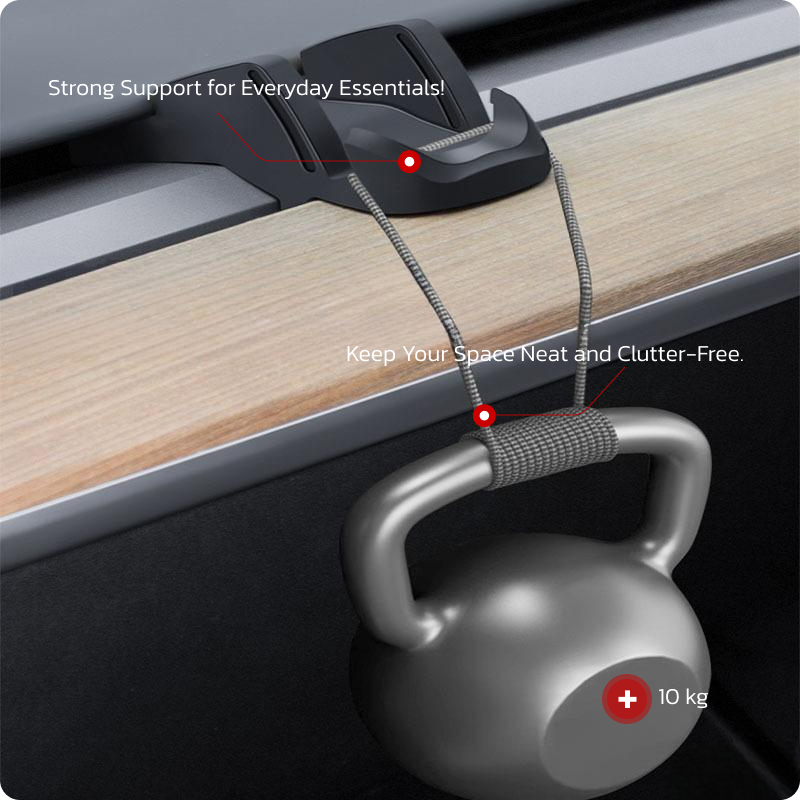
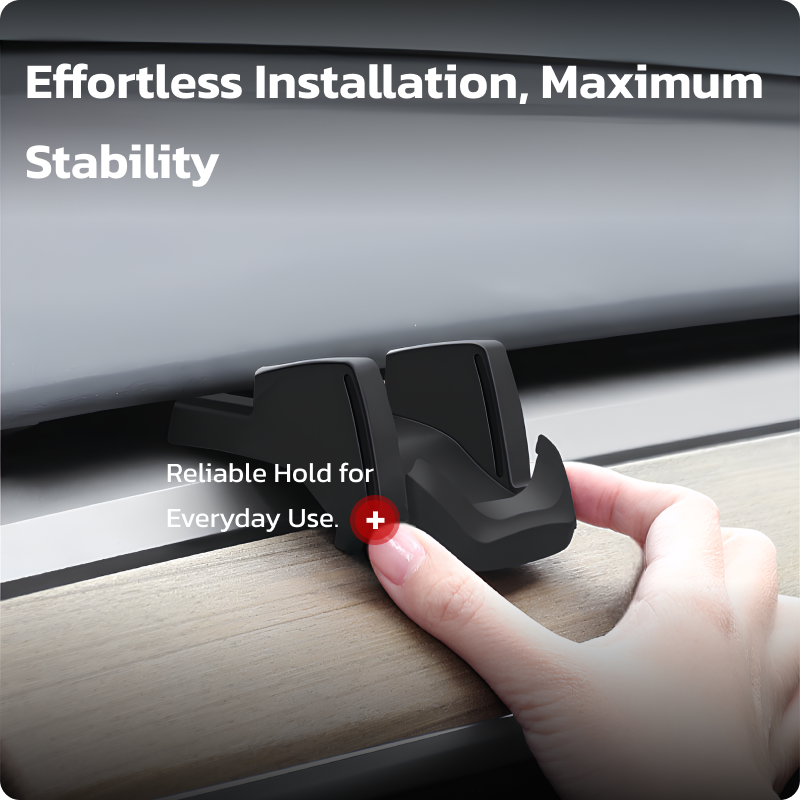
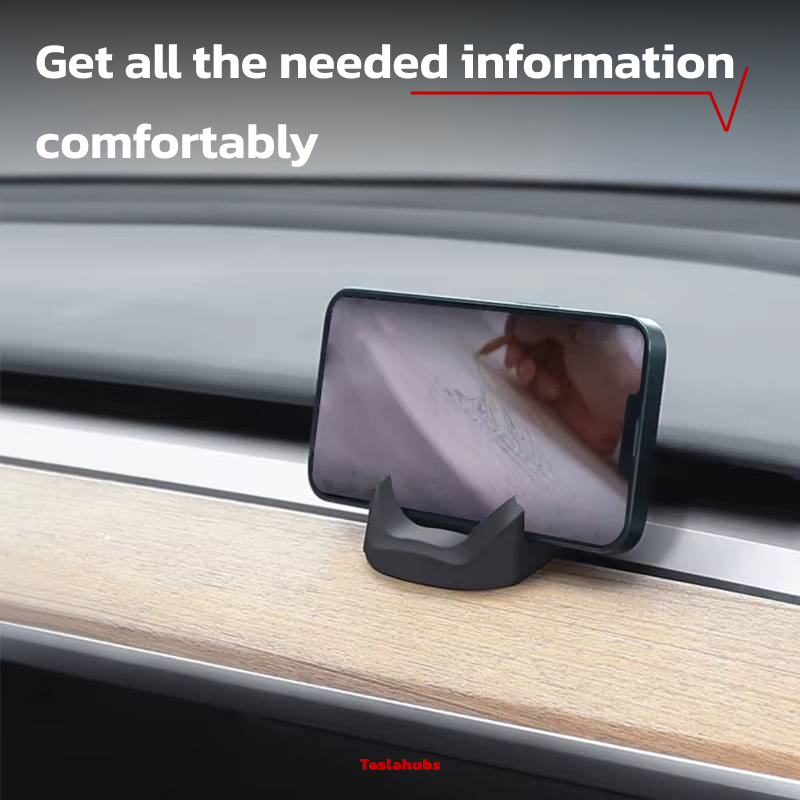


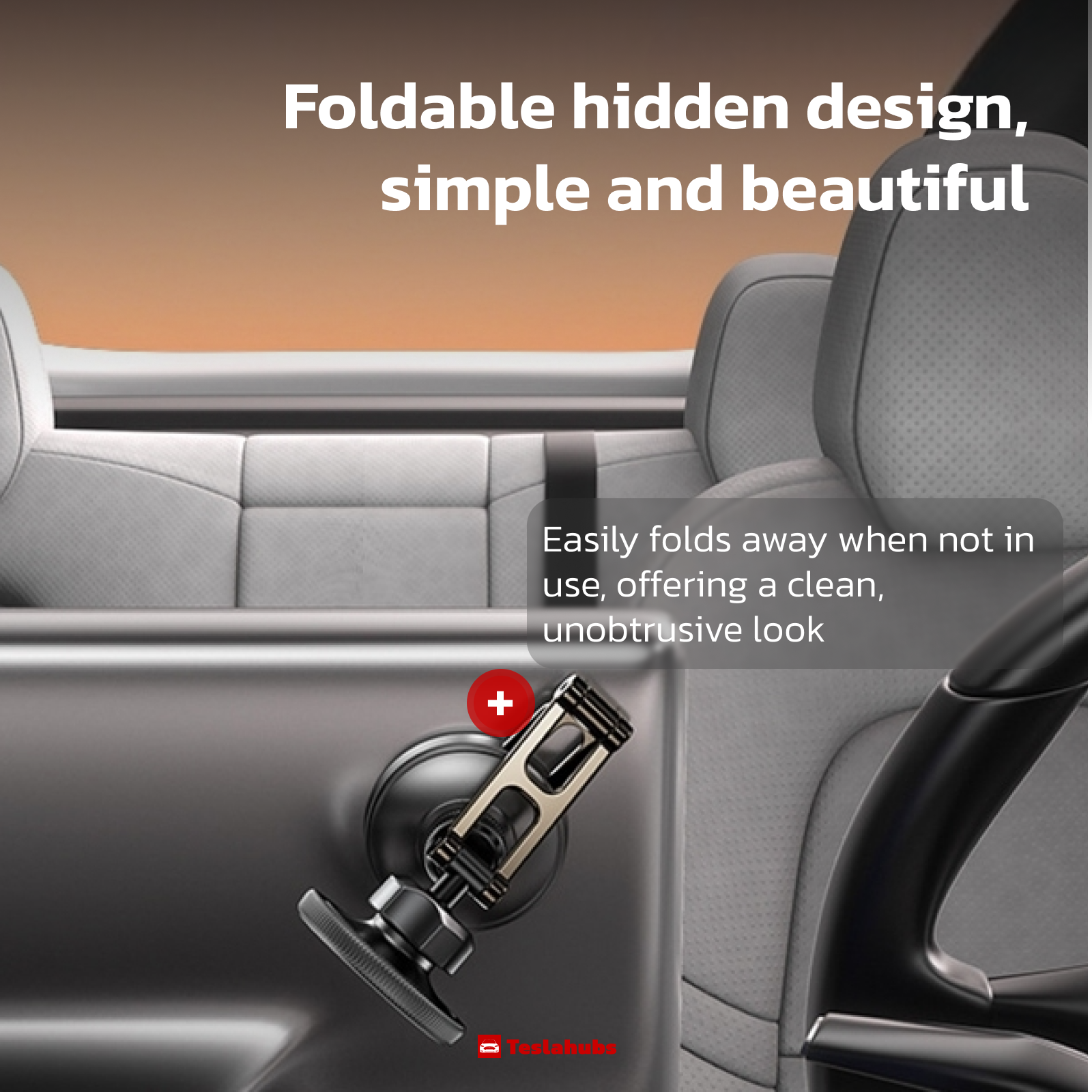













Share:
Is Investing in Ceramic Coating for Your Tesla Worth It? Benefits and Drawbacks
10 Gift Ideas for Tesla Owners Under $300 in 2024